How to Wash Pesticides Off Your Fruits and Vegetables
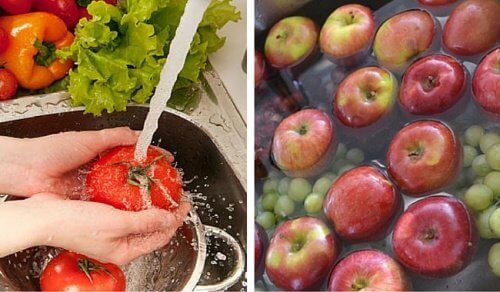
Pesticides on fruits and vegetables should be a concern. Unless you have a garden at home or buy all your food from organic markets, you, unfortunately, come into contact with a variety of chemicals through your fruits and vegetables.
Pesticides, combined with waxes and polishes, can make fresh produce look almost artificial.
Today’s article will tell you how to wash these substances off your fruits and vegetables before you eat them.
What are pesticides and what do they cause?
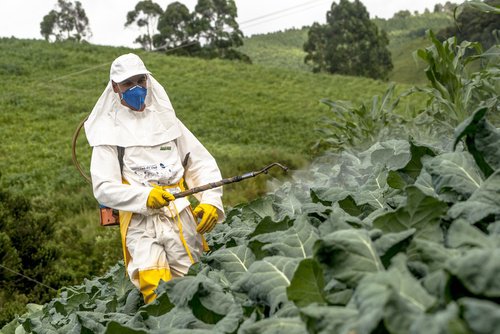
Before you learn how to wash and disinfect your produce you should first know why it’s important to do so.
Pesticides are chemical or biological products that are used to protect fruits and vegetables from insects, weeds, and disease.
While that might seem necessary, many of these products contain compounds that are highly toxic to humans, such as organophosphate that is commonly used in the US.
See also Top 5 vegetables for detox and long life
Pesticides on fruits and vegetables are not the only issue. They are also used on certain grains like wheat, rice, and canola, as well as flowers and cotton.
The most common way people get exposed is by consuming products that have been treated with pesticides.
Second to that is by eating meat from animals that receive feed that’s been treated, and lastly, to live near or work on farms where pesticides are applied.
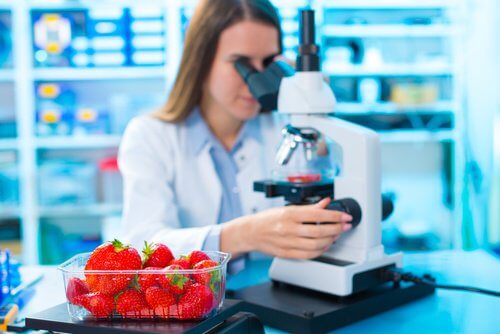
Because the amount of these pesticides that finally reaches the consumer is very low, it’s not known for certain what effects they can have.
However, the symptoms of pesticide poisoning are very clear:
- Nausea;
- Abdominal pain;
- Diarrhea;
- Dizziness;
- Fainting;
- Confusion;
- Memory disorders;
- Respiratory problems;
- Skin diseases;
- Miscarriage;
- Cancer;
- Parkinson’s disease;
- Birth defects;
- Attention deficit hyperactivity disorder in children.
Those who are most vulnerable to the adverse effects of pesticides and insecticides are:
- Unborn babies;
- Infants;
- Children;
- Teenagers;
- Women who are pregnant or breastfeeding;
- Women of childbearing years.
The “dirty dozen”: products with the most pesticides
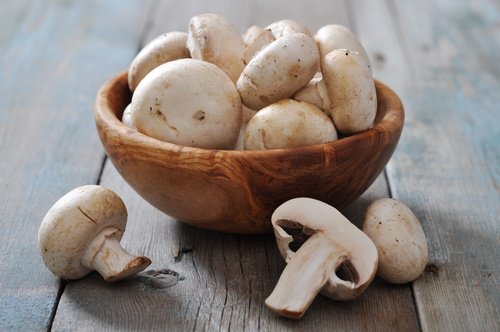
According to guidelines for pesticide use on plant products, there’s a list of common fruits and vegetables that contain more of these toxic chemicals.
The Environmental Working Group (who authored this study) recommends avoiding the following products unless they’re organically sourced:
- Apples;
- Celery;
- Peppers;
- Peaches;
- Nectarines;
- Strawberries;
- Grapes;
- Spinach;
- Cucumber;
- Blueberries;
- Potatoes.
In addition to that, it’s also recommended that you reduce your consumption of beans, green beans, and cabbage that’s not organic.
Fortunately, there are other products that require fewer pesticides and are safer to consume:
- Onions;
- Sweet corn;
- Pineapple;
- Avocados;
- Peas;
- Asparagus;
- Mango;
- Eggplant;
- Kiwi;
- Cantaloupe;
- Grapefruit;
- Watermelon;
- Mushrooms.
How to remove pesticides on fruits and vegetables?
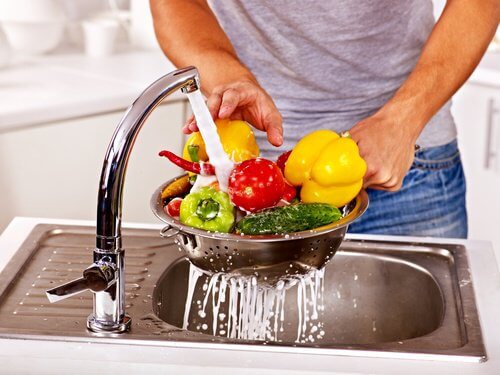
You might have seen “special” soaps or rinses for disinfecting vegetables in markets or stores. Most of them, however, have not been shown to be effective.
When it comes to removing germs and dirt from fruits and vegetables, your best option is generally just clean water.
Rinsing them under running water is more effective than simply soaking them. A firm bottle brush is also a good idea.
When there’s a protective “wax” on the outside, however, even this tool can’t remove it.
Remember that substances like paraffin are added to fruits like tomatoes and apples to improve their appearance.
They’re not a pesticide per se, but it is a substance that’s harmful to humans. Even if you try to rinse it off, it remains on the surface and you wind up eating it.
Never use dish soap or hand soap to disinfect your fruits and vegetables.
Nor should you ever use bleach. Many people opt for the following treatments:
Vinegar, baking soda, and lemon
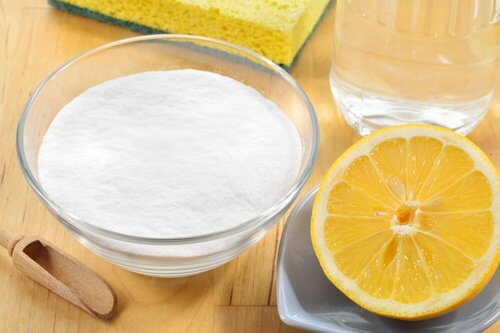
As soon as you get home from the store you can go ahead and wash your food before even storing it in the fridge. This is a simple and effective treatment.
Ingredients:
- 1/4 cup of apple cider vinegar or white vinegar (62 ml);
- 1 cup of water (250 ml);
- The juice of one lemon;
- 2 tablespoons of baking soda (20 g).
Preparation:
- Add the vinegar and water to a spray bottle.
- Pour in the baking soda and freshly squeezed lemon juice.
- Close the lid and shake to mix well.
- To use, simply spray this mixture on your fruits and vegetables and rub them with a brush.
Grapefruit, baking soda, and vinegar
This is another useful option if you want to clean your vegetables as soon as you get home from the store.
Ingredients:
- 20 grams of grapefruit essential oil;
- 1 cup of water (250 ml);
- 1 tablespoon of baking soda (10 g);
- 1 cup of white vinegar (250 ml).
Preparation:
- Add the water and vinegar to a spray bottle.
- Next, add the baking soda and then the grapefruit essential oil (you can find this in health food stores).
- Close the lid and shake this mixture well so it’s ready to use.
Visit this article: 7 benefits of baking soda
Lemon and vinegar
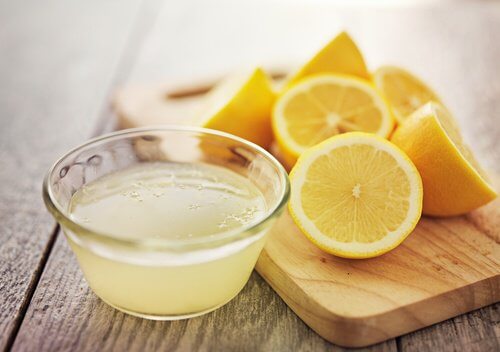
This recipe contains fewer ingredients but it’s no less effective. It’s ideal for cleaning your fruits and vegetables when you’re short on time.
Ingredients:
- 1 cup of vinegar (250 ml);
- 1 tablespoon of lemon juice (10 ml);
- 1 cup of water (250 ml).
Preparation:
- Combine the water and vinegar in a spray bottle.
- Stir in the lemon juice.
- Shake to mix. Store this in the fridge and use it whenever you need to.
How do you wash off pesticides on fruits and vegetables?
All cited sources were thoroughly reviewed by our team to ensure their quality, reliability, currency, and validity. The bibliography of this article was considered reliable and of academic or scientific accuracy.
Gray, G. M., & Hammitt, J. K. (2000). Risk/risk trade-offs in pesticide regulation: An exploratory analysis of the public health effects of a ban on organophosphate and carbamate pesticides. Risk Analysis. https://doi.org/10.1111/0272-4332.205060
This text is provided for informational purposes only and does not replace consultation with a professional. If in doubt, consult your specialist.








